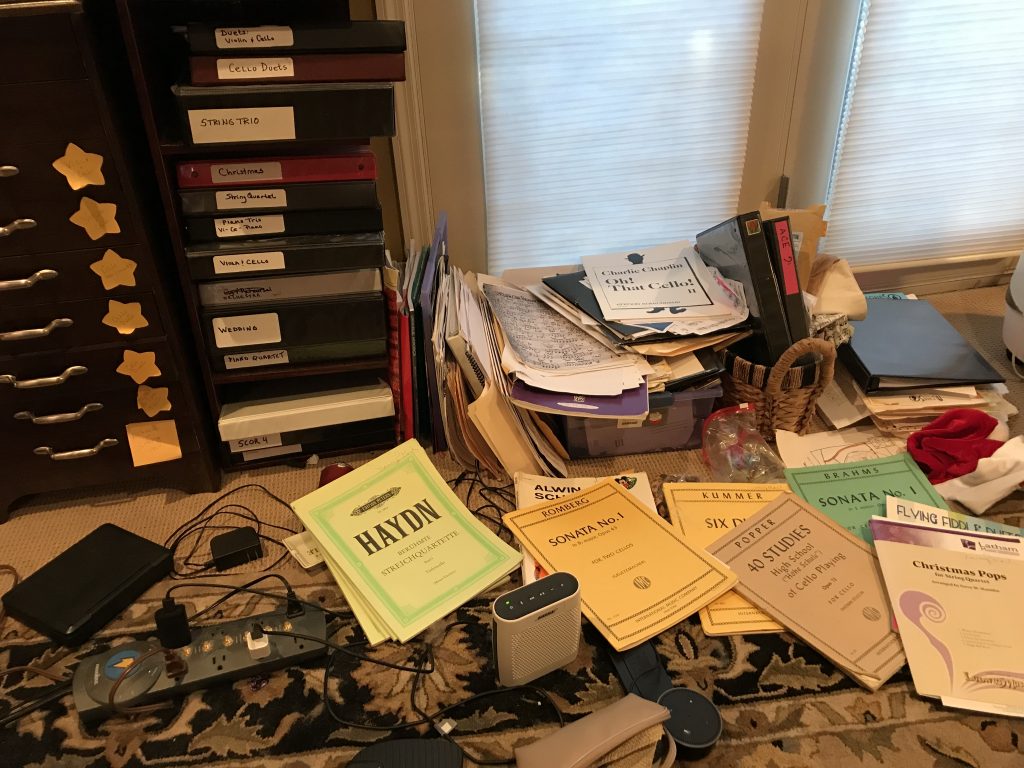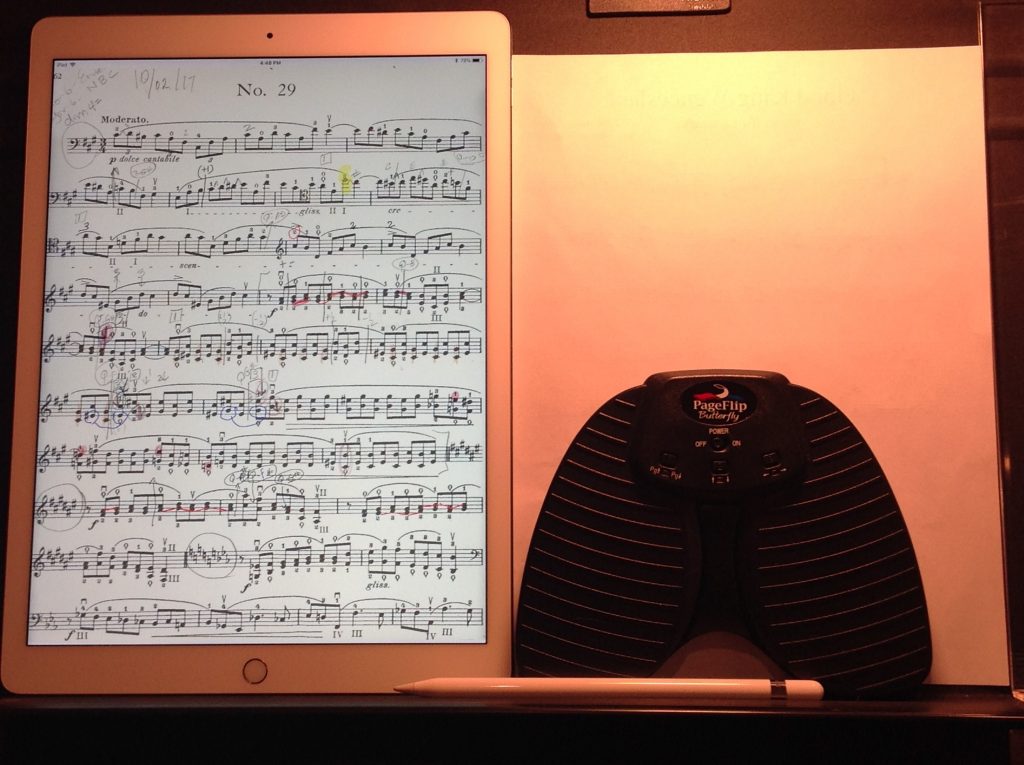Wouldn’t it be great if you had a friendly pianist who would be available at your whim to play with you? And how much better if this accompanist were a true professional and elevated your playing?
I have such a friend: my sister, who lives 600 miles away, so not a great option. I also have a wonderful friend who I do play with often, but she’s not exactly living next door so there is some effort involved.
There are other choices. One is Pianoescort on YouTube. There are some recordings for cello that you can use, free of charge, but there isn’t a large selection. Maybe you’re looking for something that isn’t available. Let me introduce and welcome you to PianoAccompanimentsTracks.com. There are some recordings that are free, and others are available for a nominal charge, depending on the piece. You can hear a sample of the music before you purchase. But be warned, the playing is so good you’ll be wanting it and more.
I was looking for an accompaniment to Meditation by Thais. PianoAccompanimentsTracks had a recording, but it was for violin. I emailed them to ask what key it was in and got a speedy reply telling me it was in D. Too bad, as I need it in G. No problem, was the response. And before I knew it, I had a recording that was beautifully expressive, played by a very talented pianist. In Italy. And now it was next to me and an inspiration to my playing. All for $4.49. A bargain to me.
You should check it out. You too could be inspired!


